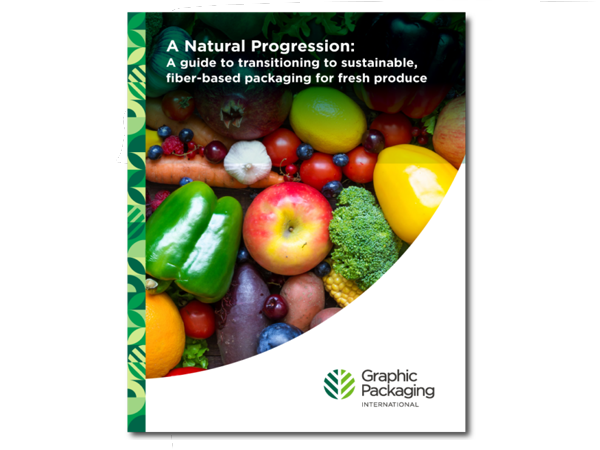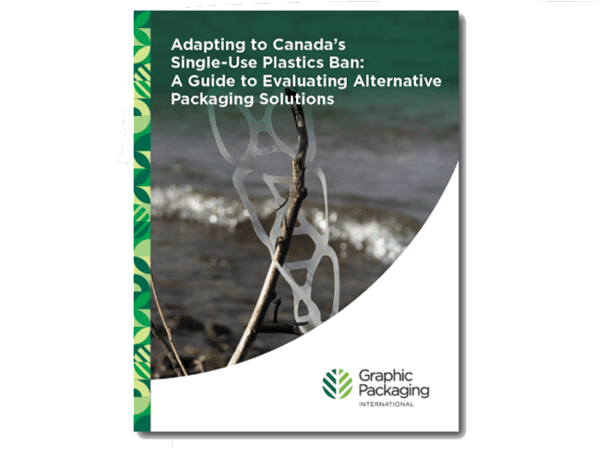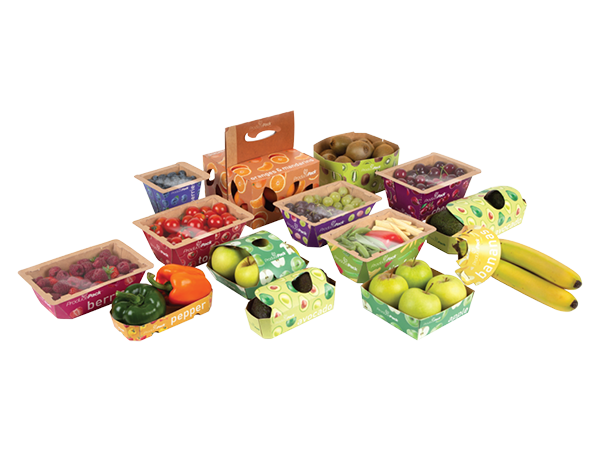article
Helping You Adapt to Canada’s Single-use Plastics Ban

Over the last several decades, plastic production has increased faster than any other material, thanks to its light weight, durability and low cost. Most of the three million tonnes of plastic Canadians throw away ends up in landfill, and around 29,000 tonnes find its way into our natural environment, as only around 9 percent of it is recycled.
Driven by these concerns, the Government of Canada recently rolled out a comprehensive plan to ban single-use plastics. Finalized in June 2022, the Single-use Plastics Prohibition Regulations (SUPPR) target six categories of problematic plastics, including foodservice containers and beverage ring carriers. The first measures from these new regulations became active in December 2022.
Over the next decade, this ban will eliminate an estimated 1.3 million tonnes of hard-to-recycle plastic waste and more than 22,000 tonnes of plastic pollution—enough to fill one million garbage bags.
Prohibiting single-use plastics
The ultimate endpoint of these new regulations will force Canadian companies to reconsider their packaging solutions and pivot away from plastics toward more sustainable, easy-to-recycle alternatives. As a leader in paperboard packaging innovation, Graphic Packaging is working closely with Canadian foodservice, food and beverage companies to facilitate a smooth transition to alternative materials without sacrificing functionality.
This direction has been informed by the Government of Canada’s 2020 study, the Science Assessment of Plastic Pollution, which pinpointed consumer packaging as the single most significant contributor of plastic waste—accounting for 33 percent of plastics introduced to the market and 47 percent of plastics discarded.
This analysis revealed six specific categories of plastics warranting a federal ban; checkout bags, cutlery, foodservice ware, ring carriers, stir sticks, and straws.
The final regulations have already banned the manufacture and import of these plastics, as of the end of 2022. The new law also mandates stricter bans to be phased in over time – the sale of foodservice plastics will be banned by December 2023, while the sale of plastic ring carriers will be banned by June 2024. By the end of 2025, exporting them will also be prohibited, meaning the impact of this ban will ripple out globally.
The search for a replacement
To help businesses transition away from these items, the government has published
its Guidance for Selecting Alternatives to Single-use Plastics, urging companies to adopt non-plastic equivalents like paper and molded pulp fiber.
As there is a tight timeline until these regulations ban the sale of all identified problem plastics entirely, businesses are already evaluating packaging materials that can match or exceed the functionality of plastic.
Cost is often the top concern businesses have when looking at alternative packaging materials. While paper-based packaging may be more expensive than plastic alternatives, it does offer additional long-term value as a renewable, recyclable resource with unique merchandising benefits.
The ability of alternative solutions to meet the technical specifications, performance standards and operational efficiency of existing formats must also be considered.
Adapting to the plastics ban
Regulators aren’t the only ones concerned about plastic pollution’s environmental impact.
The consumers who buy and use these products are just as committed to protecting the planet by prioritizing sustainability when they shop. Adopting paper-based packaging solutions will position companies to meet these shifting consumer expectations while complying with Canada’s tightening regulations.
Comparing the many packaging options that are available can be overwhelming without an expert guide to help brands design the best solution for their budget, operational requirements, and product needs. Graphic Packaging collaborates with companies to launch game-changing, plastic-free innovations that stand out on-shelf—reducing the environmental impact of products while also meeting the latest consumer demands.
If your business is affected by the SUPPR, our latest eBook can help provide guidance on the regulations and the products that are affected, and offers a range of paperboard alternatives that will help to support your compliance.


